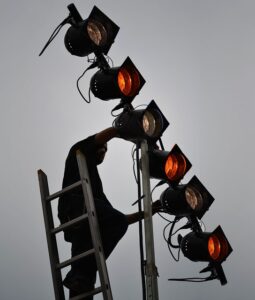Electrician’s Guide: Maintaining Home Safety with Switches, Receptacles, and Outlets
This TL;DR summarizes the importance of understanding household electrical components, including switches, receptacles, and outlets, and their roles in controlling electricity and ensuring safety. Regular maintenance by a licensed electrician is crucial to prevent issues like degradation over time, …….

This TL;DR summarizes the importance of understanding household electrical components, including switches, receptacles, and outlets, and their roles in controlling electricity and ensuring safety. Regular maintenance by a licensed electrician is crucial to prevent issues like degradation over time, which can lead to risks such as electrical fires or shocks. Warning signs like a switch that frequently trips the circuit breaker or a receptacle with visible discoloration or sparks demand immediate professional attention. For homes with older systems showing inconsistent power supplies, an electrician should perform comprehensive assessments and upgrades. Safety is paramount for electricians, who must follow strict safety protocols before testing switches and receptacles, using tools like voltage detectors and multimeters to ensure there's no live current and to check for proper functionality.
When it comes to replacing a light switch or ensuring the safety of your electrical system, engaging a professional electrician is essential. They will perform continuity tests with multimeters and replace faulty components to maintain the integrity of your electrical infrastructure. Regular evaluations by certified electricians can identify potential risks and ensure that outlets are up to code, functional, and safe for use. They also offer guidance on integrating new features like smart home capabilities into your system. Always prioritize safety by shutting off the power supply before attempting any electrical work and by consulting with or hiring a qualified electrician for complex tasks to avoid potential hazards. Regular inspections and timely repairs can prevent minor issues from becoming significant problems, ensuring a reliable and secure power supply in your home or business.
navigating the complexities of your home’s electrical system is crucial for both safety and functionality. This comprehensive guide delves into the intricacies of maintaining, repairing, or replacing switches, receptacles, and outlets. Whether you’re a homeowner facing flickering lights or an electrician tasked with ensuring a safe electrical environment, this article provides valuable insights. From recognizing signs that your fixtures may need attention to understanding the latest energy-efficient options, learn how to assess, test, and upgrade your electrical system responsibly. Additionally, discover tips for regular maintenance, how to select a qualified electrician, and the cost considerations of various repair or replacement strategies. With this knowledge, you can make informed decisions to enhance both the safety and efficiency of your home’s electrical infrastructure.
- Understanding the Role of Switches, Receptacles, and Outlets in Your Home's Electrical System
- Signs It's Time to Repair or Replace Switches and Receptacles
- How to Safely Test Switches and Receptacles
- The Importance of Properly Functioning Outlets for Safety and Convenience
- Step-by-Step Guide to Replacing a Light Switch
Understanding the Role of Switches, Receptacles, and Outlets in Your Home's Electrical System
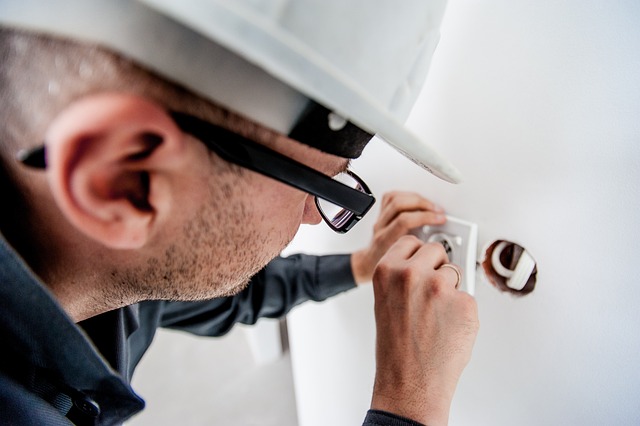
When it comes to maintaining the functionality and safety of your home’s electrical system, understanding the role of switches, receptacles, and outlets is paramount. These components are not merely passive conduits for electricity; they serve as critical control points within your electrical infrastructure. Switches, typically found on walls or mounted on surfaces, allow you to manually control the flow of electrical current to lighting fixtures or certain appliances. Their primary function is to provide users with the ability to turn lights on and off, thus managing energy use and extending the lifespan of light bulbs.
Receptacles, also known as outlets, are points where electrical current enters your home’s wiring network, providing power to a multitude of devices and appliances. These outlets come in various configurations, including two-pronged and three-pronged versions, with the latter offering both power and a grounding connection for safer operation. Over time, these components can become worn or damaged due to frequent use, which is why it’s essential to engage a professional electrician for repairs or replacements when needed. An experienced electrician not only ensures that your switches, receptacles, and outlets function correctly but also verifies that they adhere to safety standards, preventing potential hazards such as electrical fires or shocks. Regular maintenance and timely upgrades by a qualified electrician are key to maintaining the integrity of your home’s electrical system and ensuring the comfort and security of your living environment.
Signs It's Time to Repair or Replace Switches and Receptacles
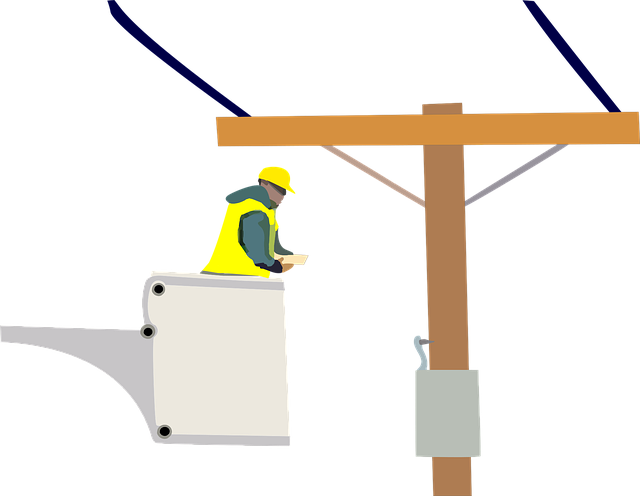
When homeowners encounter issues with their switches, receptacles, and outlets, it’s crucial to assess whether repair or replacement is necessary. A qualified electrician can provide expert advice tailored to your specific situation, but there are common signs that indicate the need for intervention. If a switch frequently trips the circuit breaker or fails to respond to flips, this could signal an underlying wiring problem or a faulty switch that may require repair or replacement. Similarly, if a receptacle shows signs of discoloration, cracks, or sparks upon plugging in an appliance, it’s a clear indication that immediate professional attention is needed. Older homes with outdated electrical systems might also experience dimming lights or inconsistent power supply when appliances are used, which could necessitate a complete overhaul of the system for safer and more reliable functionality. An electrician can evaluate these signs, perform necessary repairs, or suggest replacements to ensure your home’s electrical system operates efficiently and safely. Regular maintenance checks by a professional electrician can prevent minor issues from escalating into major electrical hazards.
How to Safely Test Switches and Receptacles
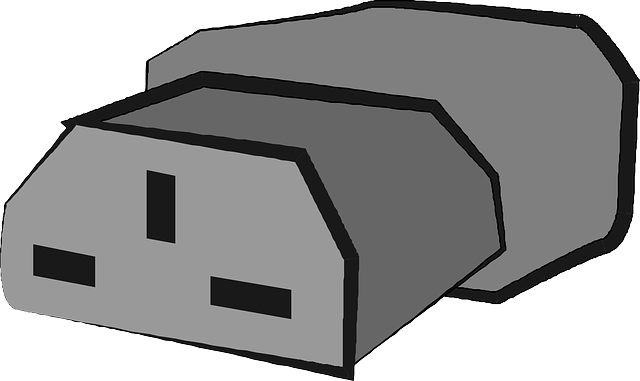
When assessing whether switches and receptacles require repair or replacement, safety is paramount. An electrician should always prioritize their safety protocols before commencing any tests. To safely test a switch or receptacle, begin by confirming that the circuit breaker or fuse box is switched off, and use a voltage detector to ensure there is no live current. This handheld device can quickly identify whether power is flowing through the wires. If the detector indicates live wires where none should be, do not proceed with testing physically; instead, call a professional electrician immediately due to the hidden risks of electrical shock or fire.
For switches that appear to function incorrectly, an electrician can perform a continuity test using a multimeter. Set the multimeter to the ohmmicro setting and place one probe on each terminal of the switch. A proper switch should show minimal resistance when both switches are in the “on” position and higher resistance when one or both are in the “off” position. If these readings are not consistent, the switch may need adjustment or replacement. Similarly, receptacles can be tested for continuity by inserting a multimeter probe into each slot while the other probe touches the grounding screw. A reading of zero ohms signifies a properly functioning receptacle, indicating that the electrical current can flow safely and effectively. If readings are not as expected, it’s likely that the receptacle should be replaced by a qualified electrician to avoid any potential hazards associated with improper wiring or faulty outlets.
The Importance of Properly Functioning Outlets for Safety and Convenience
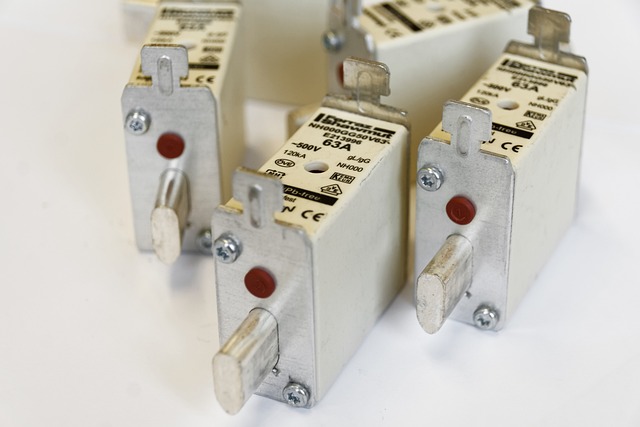
When it comes to electrical safety within a home or business, the proper functioning of outlets is paramount. A skilled electrician can assess and diagnose issues with switches, receptacles, and outlets that may pose safety risks or inconveniences. These components are the interface between your electrical system and the countless devices and appliances that depend on them for operation. Worn-out or faulty outlets can lead to electrical hazards such as fires, shocks, or power surges. An electrician will ensure that outlets are up to code, functioning correctly, and capable of handling the intended loads. This not only protects your property but also safeguards the health and well-being of those who use the electrical system. Moreover, a functional outlet ensures uninterrupted convenience, allowing for seamless device charging, appliance usage, and the safe operation of electronic systems. Regular maintenance by a professional electrician can prevent minor issues from becoming major problems, thereby preserving the reliability and safety of your electrical environment. It’s advisable to have an electrician inspect your switches, receptacles, and outlets regularly to maintain their optimal performance and ensure that they continue to serve their essential purpose without compromising safety.
Step-by-Step Guide to Replacing a Light Switch
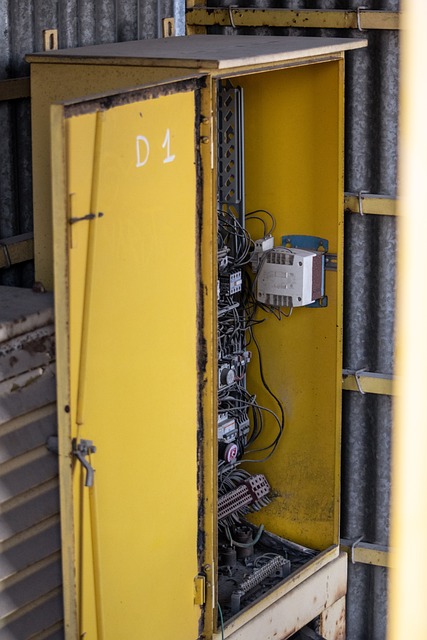
When a light switch stops functioning or you’re looking to upgrade your home’s lighting system, replacing a light switch is a task within the realm of many DIY enthusiasts and is best performed by a licensed electrician for safety and assurance. Before beginning the replacement process, ensure you have turned off the circuit breaker that supplies power to the switch. This safety measure prevents any electrical hazards during the installation. With the power off, you can proceed to remove the switch’s cover plate, then carefully detach the wires connected to the switch using a screwdriver. A qualified electrician would typically advise on color-coding of wires—commonwire colors include black for hot, white for neutral, and green or bare copper for grounding.
Once the wires are safely disconnected, take note of how the wires were connected to the old switch, as this is crucial for connecting your new switch properly. When selecting a replacement switch, consider features such as dimmer functionality or smart switch compatibility if integrating with home automation systems. After securing the new switch in place, reattach the wires, ensuring each wire’s color matches the intended terminal on the new switch. Twist the wires clockwise tightly and secure them with electrical connectors or screws if provided. With everything connected, apply electrical tape to cover all connections for added insulation. Finally, mount the new switch cover plate over the electrical box, and flip the circuit breaker back on to test your handiwork. If the switch operates without issue, congratulate yourself on a job well done; however, if you encounter any problems, it’s always wise to consult with or hire an electrician to address any potential dangers or complications.
When it comes to maintaining a safe and efficient home electrical system, understanding the function and maintenance of switches, receptacles, and outlets is paramount. This article has provided valuable insights into recognizing signs that these components need attention and offered a guide for safe testing and replacement when necessary. For any repairs or upgrades beyond DIY capabilities, consulting a professional electrician is advisable to ensure the utmost safety and compliance with local electrical codes. By keeping an eye on these essential elements of your home’s electrical system, you can prevent potential hazards and enjoy uninterrupted, reliable power. Remember, when in doubt, an experienced electrician is your best resource for making informed decisions about your home’s electrical infrastructure.

